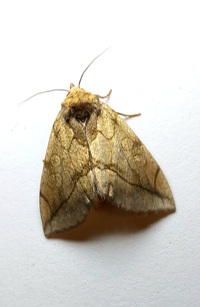
| Recorded by: Mark Basinger on 2025-08-11
Ashe Co.
Comment: | 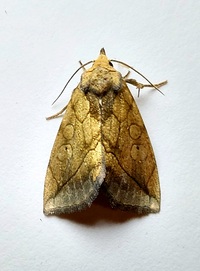
| Recorded by: Mark Basinger on 2025-08-09
Ashe Co.
Comment: |
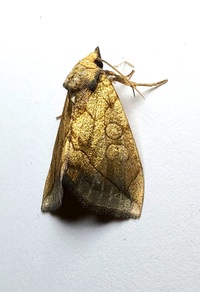
| Recorded by: Mark Basinger on 2025-08-09
Ashe Co.
Comment: | 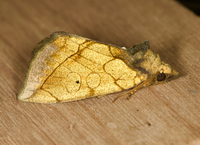
| Recorded by: Jim Petranka, Becky Elkin and Marilyn Westphal. on 2025-08-09
Henderson Co.
Comment: |
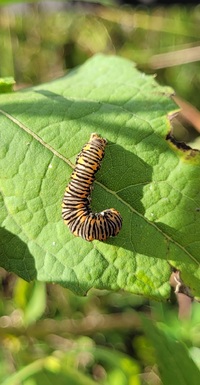
| Recorded by: Andrew W. Jones on 2024-09-29
Polk Co.
Comment: | 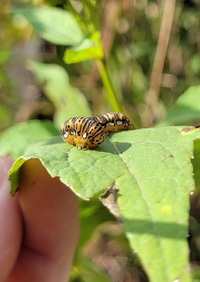
| Recorded by: Andrew W. Jones on 2024-09-29
Polk Co.
Comment: |

| Recorded by: Jeff Niznik on 2024-09-12
Orange Co.
Comment: | 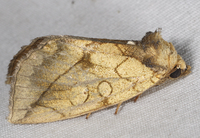
| Recorded by: John Petranka on 2024-09-06
Orange Co.
Comment: |
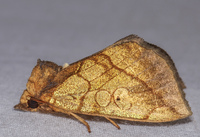
| Recorded by: John Petranka on 2024-09-04
Orange Co.
Comment: | 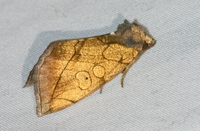
| Recorded by: Emily Stanley on 2024-08-31
Buncombe Co.
Comment: |
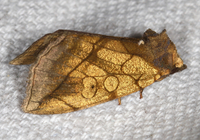
| Recorded by: Jim Petranka on 2024-08-25
Madison Co.
Comment: | 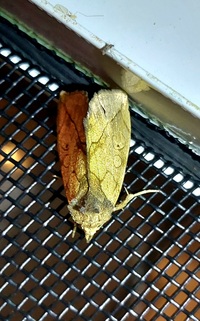
| Recorded by: Mark Basinger on 2024-08-09
Mitchell Co.
Comment: |
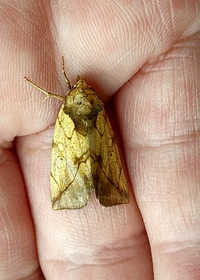
| Recorded by: Mark Basinger on 2024-08-09
Mitchell Co.
Comment: | 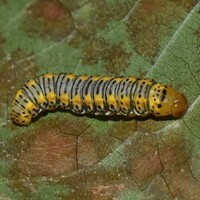
| Recorded by: David George, Stephen Dunn, Jeff Niznik on 2023-10-06
Orange Co.
Comment: |
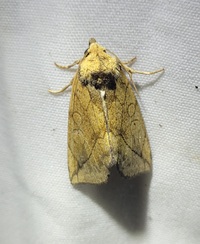
| Recorded by: Andrew W. Jones on 2023-09-12
Polk Co.
Comment: | 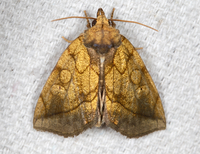
| Recorded by: Jim Petranka on 2023-08-31
Madison Co.
Comment: |
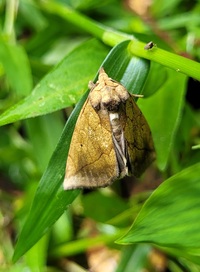
| Recorded by: Andrew W. Jones on 2023-08-30
Polk Co.
Comment: | 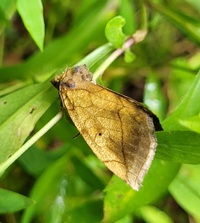
| Recorded by: Andrew W. Jones on 2023-08-30
Polk Co.
Comment: |
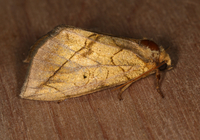
| Recorded by: Jim Petranka and Becky Elkin on 2023-08-23
Madison Co.
Comment: | 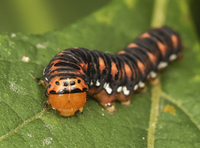
| Recorded by: John Petranka on 2022-09-22
Orange Co.
Comment: Larva on Verbesina occidentalis |
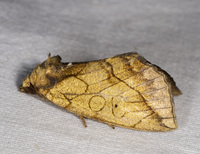
| Recorded by: John Petranka on 2022-09-04
Orange Co.
Comment: | 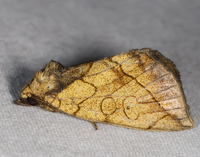
| Recorded by: John Petranka on 2022-09-01
Orange Co.
Comment: |
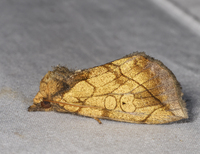
| Recorded by: John Petranka on 2022-08-30
Orange Co.
Comment: | 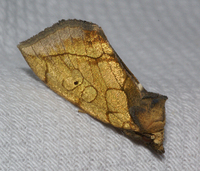
| Recorded by: Chuck Smith on 2022-08-28
Davidson Co.
Comment: |
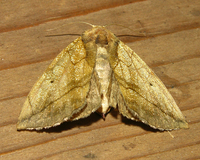
| Recorded by: Owen McConnell on 2022-08-28
Graham Co.
Comment: | 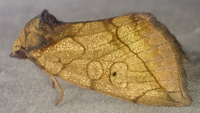
| Recorded by: tom ward on 2022-08-27
Buncombe Co.
Comment: |
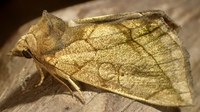
| Recorded by: tom ward on 2022-08-25
Buncombe Co.
Comment: | 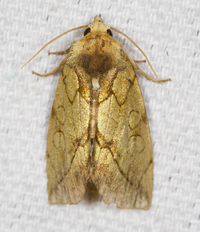
| Recorded by: Jim Petranka and Becky Elkin on 2022-08-25
Clay Co.
Comment: |
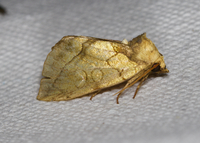
| Recorded by: Jim Petranka and Becky Elkin on 2022-08-25
Clay Co.
Comment: | 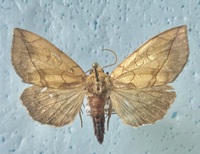
| Recorded by: Darryl Willis on 2022-05-08
Cabarrus Co.
Comment: |
|

 »
»
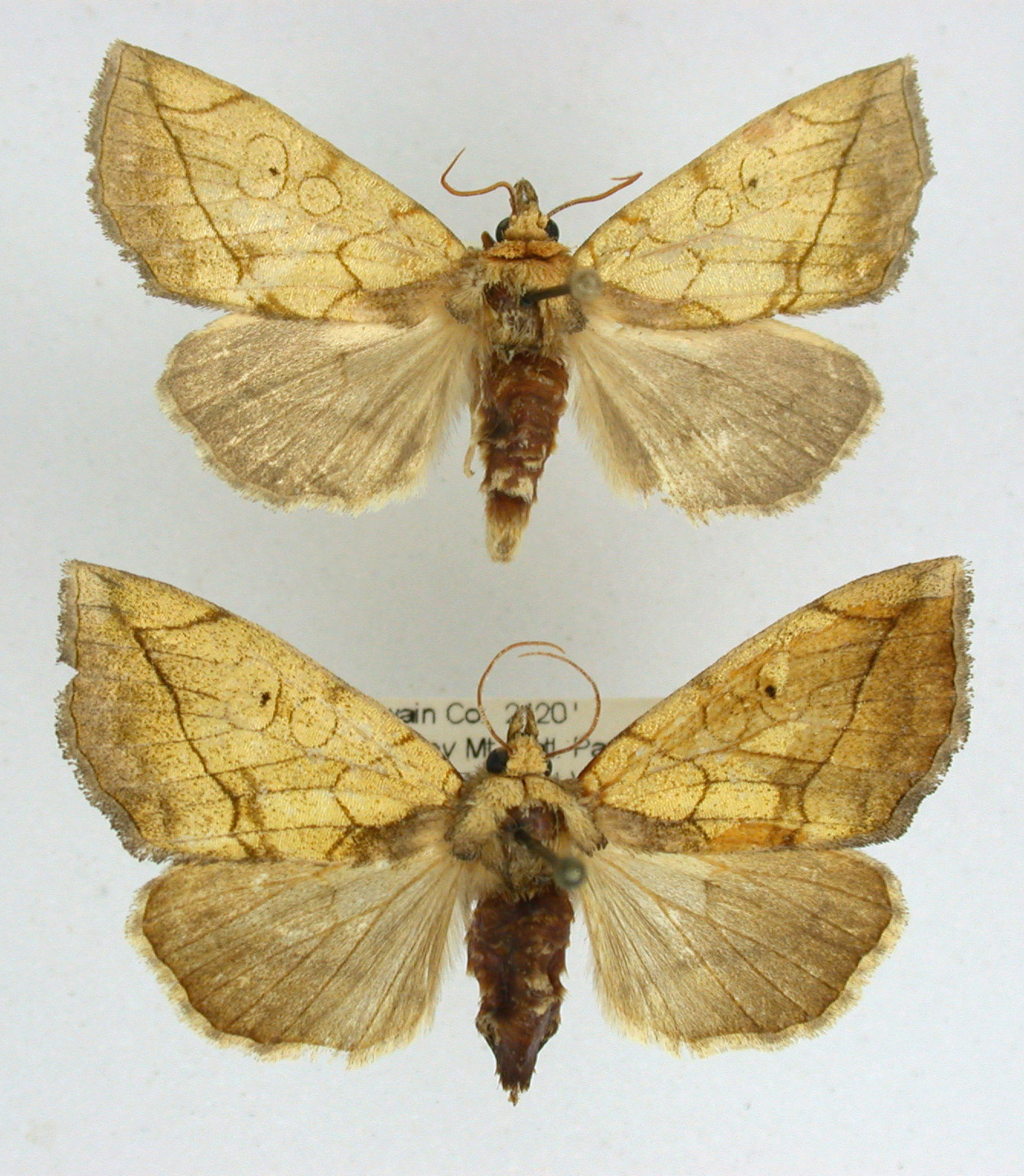
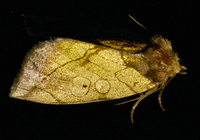
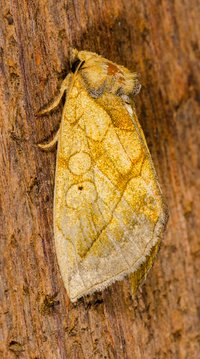

 »
»


